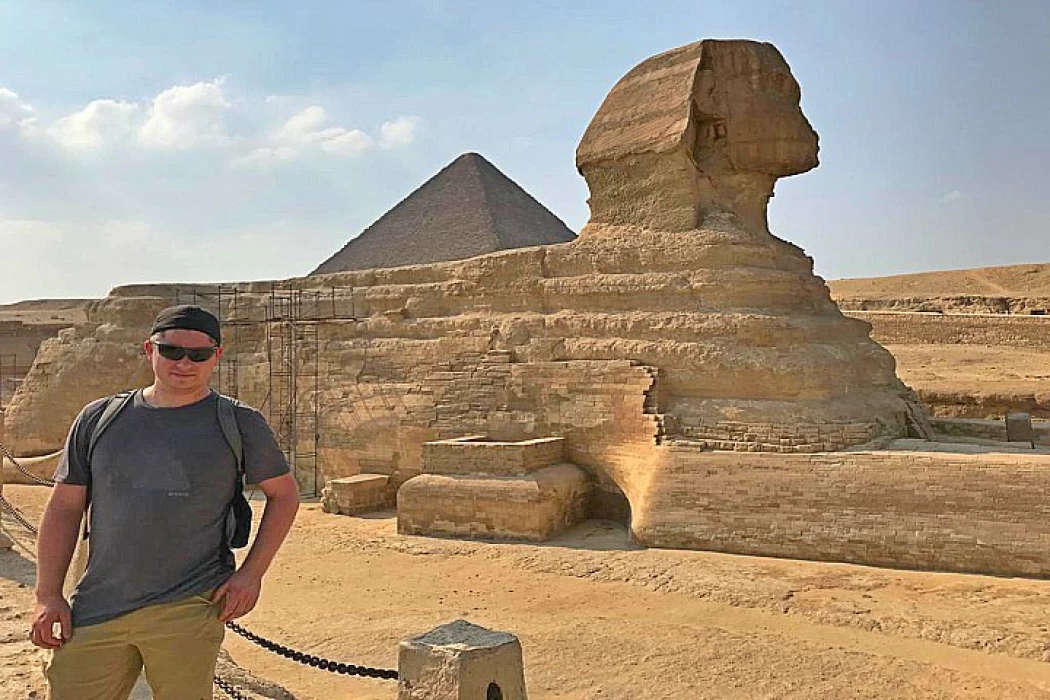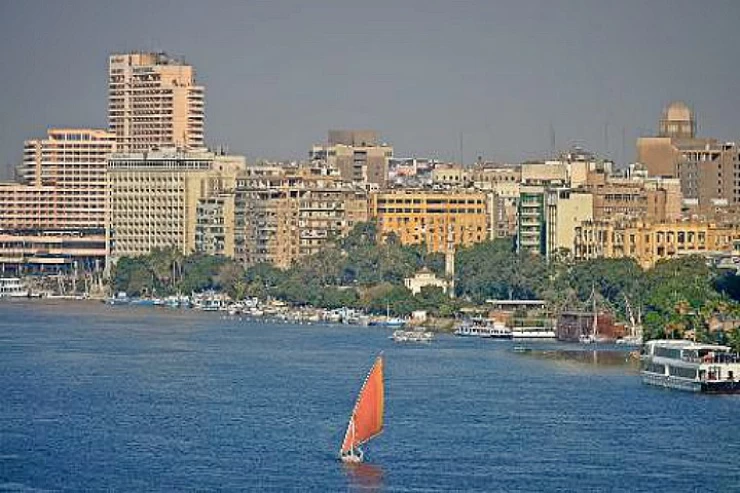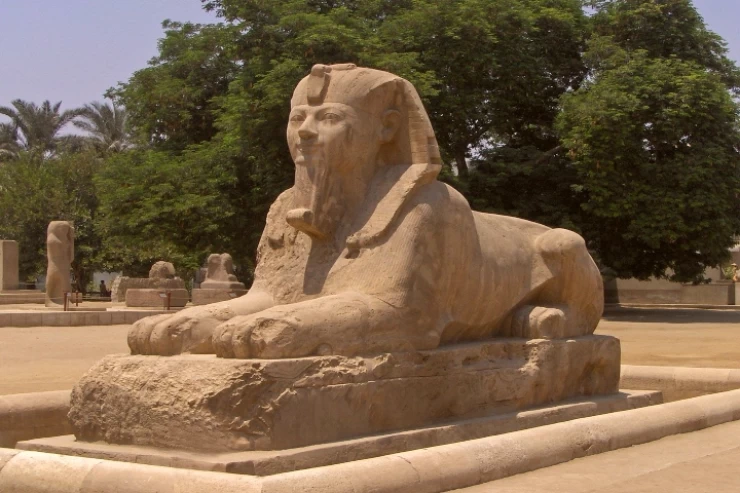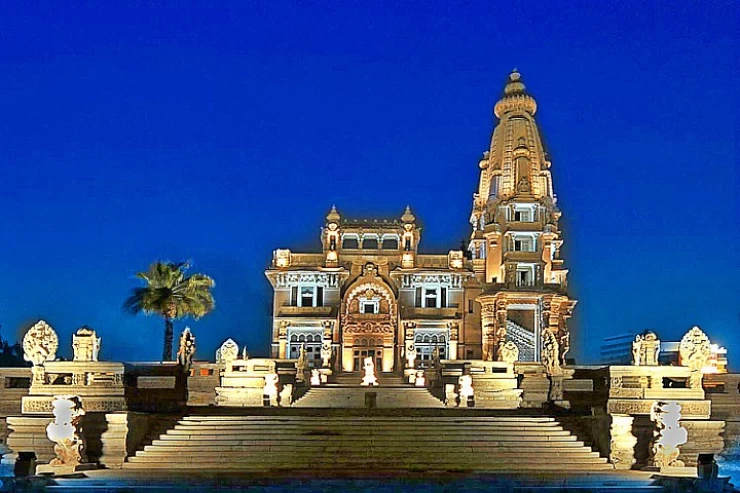
Giza City | Greater Cairo | Ancient History Encyclopedia
Details About Giza City
Located thirteen kilometers from downtown Cairo, the Giza Plateau is home to one of the world's most famous necropolises. Great pharaohs established their eternal homes here, inside the legendary pyramids of Khéops, Khéphren and Mykerinos. These mysterious monuments are guarded by the imperturbable Great Sphinx, protector of the site and unchanging legacy of Egypt's glorious past.
It's worth noting that, although many consider it a district of Cairo, Giza is a different city. In fact, it belongs to another governorate, which is the equivalent administrative and territorial division. It is also the capital of the aforementioned Gizeh governorate, with a population of between 4.5 and 8.8 million, depending on the various estimates and areas surveyed.
However, Giza is part of the same metropolitan area as Cairo, the only thing separating the two cities being the Nile River. For residents of both countries, it's a “whole”, easily linked by bridges and streets, metro, city bus lines and public boat routes.
Giza's past inevitably takes us back to ancient Egypt, to a time when its name earned it a place in history. In fact, at that time, it was not a city per se, but a necropolis located in what is today known as the Giza Meseta. But this was no ordinary necropolis, but no more and no less than the resting place chosen by the 4th dynasty of the Old Kingdom, which ruled Egypt between around 2600 and 2500 BC.
Some of the most important pharaohs of this civilization belonged to this dynasty, in terms of centralization of power, domination of territory and mobilization of economic and human resources. The capital was Memphis, and there was nothing here. But for some reason, Pharaoh Khufu thought that this small plateau, which rises majestically above the Nile valley at an altitude of around 915 metres above sea level, was a good place for his great funerary project.the largest of Egypt's pyramidsand also the most perfect ever built.
Keos, a pharaoh, built the pyramids of Gizehainsi, the Great Sphinx of Giza, and other structures, including queens' pyramids and priests' mastabas. However, looting and reuse of his ashlars for other constructions led to a loss of his splendor and height. Pharaohs no longer chose to be buried in the Giza necropolis, which was built in part by other pharaohs like Chephren and Mycerinus. The necropolis was left abandoned for long periods without proper maintenance to remove layers of sand deposited over centuries. The Giza necropolis remains a significant architectural legacy.
In the New Kingdom (c. 1550-1069 B.C.), on the other hand, sensitivity to the ancestors was revived and major additions or modifications were made to the environment of the Giza pyramids by the pharaohs of the 18th dynasty (c. 1550-h. 1295 B.C.). For example, Thutmose I, Amenhotep II and even Tutankhamun, although all these monarchs had already taken to burying themselves in the Valley of the Kings at Thebes (present-day Luxor).
Recent discoveries have also revealed its use during the Late or Low Period (c. 664 BC - 332 BC), when it was no longer traditional to build pyramids in Egypt. pyramids in Egypt. Particularly during the 26th dynasty (664-525 BC), the last dynasty considered Egyptian and ruling before the Persian conquest. For example, polychrome sarcophagi probably belonging to priests of this period, which highlight the religious and funerary symbolism of Giza for the local clergy, who wished to remain emotionally linked to the ancestors who had preceded them 2,000 years earlier.


















